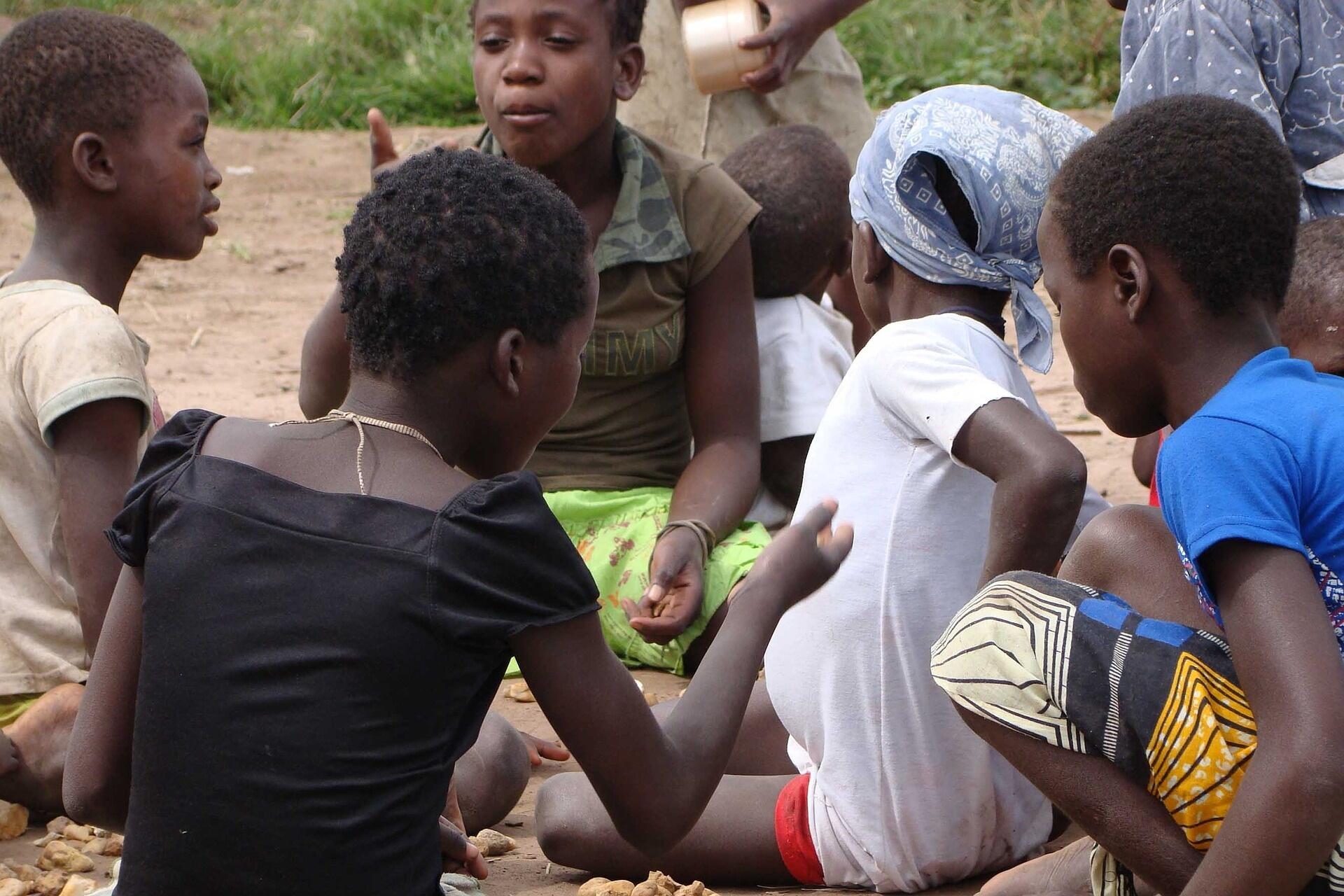
Researchers at LSTM have carried out a study to find out what happens to children who drop out of treatment for HIV and what their outcomes are and found that, unlike adults who dropped out of care, death is the least likely cause of Loss to follow-up (LTFU).
LTFU among paediatric HIV-infected patients is a major challenge for the global scale-up of lifesaving antiretroviral treatment (ART). Globally, the estimated proportion of LTFU among children is 14% and 28% after one and two years on treatment, respectively. In sub-Saharan Africa the proportion of children with unknown treatment outcomes two years after initiation lies between 9% in Southern Africa and 21.8% in West Africa. Common risk factors are advanced clinical or immunological stages, malnutrition and young age suggesting that many children presumed LTFU actually died. In a new paper published today in the journal JAIDS the team investigated LTFU among children in Lilongwe, Malawi, by reporting outcomes following telephone or home tracing carried out between 2006 and 2010.
Wellcome Trust Funded PhD student Cristina Ardura-Garcia is first author on the paper which evolved from the work of the thesis for her MSc in Tropical Paediatrics, undertaken at LSTM, the findings of which were presented at the 19th International AIDS conference in Washington. Her thesis supervisor, LSTM’s Dr Ralf Weigel is the senior author on the paper. He said: “It is easy for clinicians to lose track of the many patients they see in busy ART programmes, we assume they come back to pick their next supply of medication, but they may not. There has been previous work carried out to analyse the data and reasons in adults not returning but this is one of the very few analysing routine programme data of HIV infected children on ART who missed appointments, got lost to follow up, were traced and found, and resumed care. With gaps in treatment potentially a risk factor for HIV drug resistance it is important that interventions are tailored to prevent LTFU where possible. ”
Working with colleagues in the University of Washington and The Lighthouse Trust, Malawi, the team found that when attempted, tracing was successful in 79% of cases and of those traced 37% of children were in fact still taking ART, many were receiving treatment elsewhere and some had stopped, but only 11% had dropped out due to death. Children were contacted via telephone or by visits to the home, which families were happy to comply with. The paper points out that there are areas that can be improved in terms of record keeping, and that there are a number of challenges that need to be overcome, but acknowledge that more localised knowledge is also needed in order to streamline interventions appropriate to communities.
Dr Weigel continued: “What we observed was that there is an association between outcomes at the time of tracing and final outcomes at the end of the study. We found that children with previous missed visits and incomplete tablet intake at the time of tracing were more likely to have stopped taking ART altogether by the end of the study. This suggests that children with missed visits should be targets for immediate adherence counselling, as with adult returners default showed substantial HIV drug resistance risk and early intervention could be a way of avoiding this in children.”
You can read the article here.